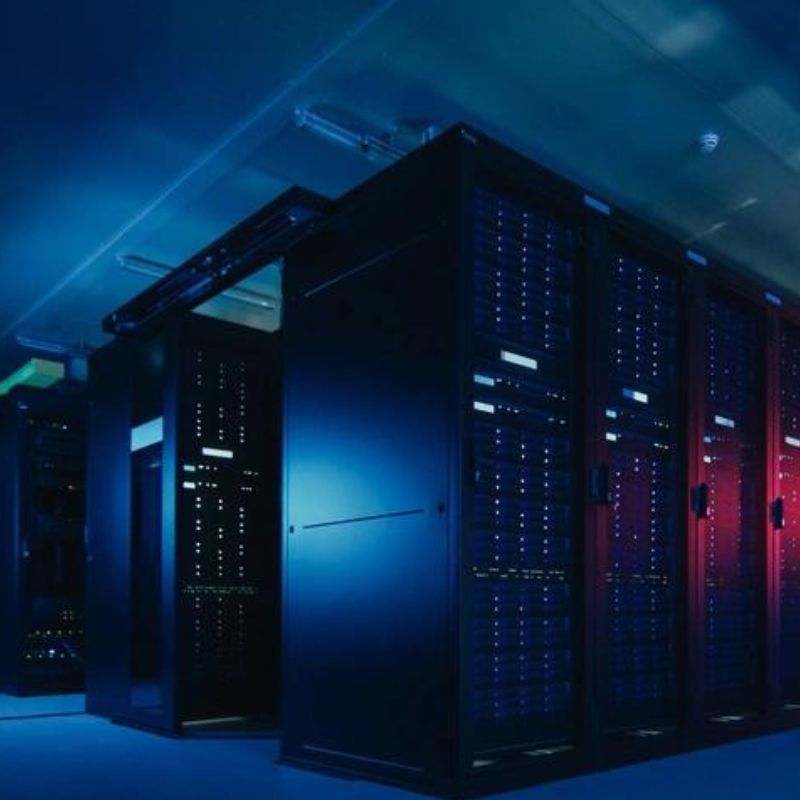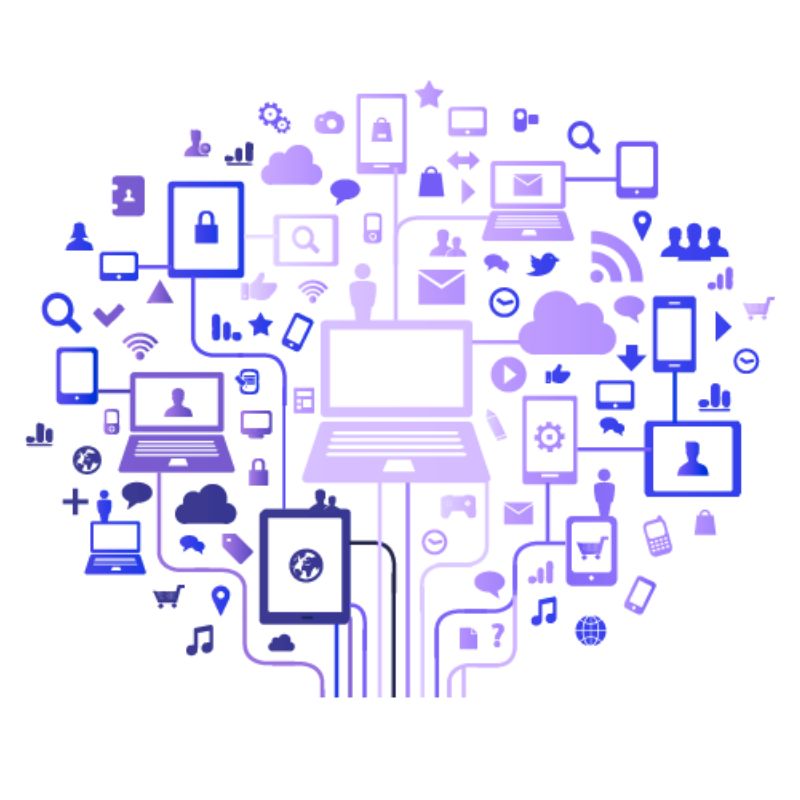Information technology
Design IT Systems
Information Technologies
Designing IT systems is a multifaceted and strategic process that involves the thoughtful integration of hardware, software, networks, and human elements to achieve specific organizational goals.
It encompasses the meticulous planning and structuring of information technology infrastructure to ensure efficiency, reliability, and scalability. The design phase involves critical decisions regarding system architecture, database management, user interfaces, and security protocols. An effective IT system design not only addresses current requirements but also anticipates future needs and technological advancements. Collaboration among cross-functional teams, including system architects, developers, and end-users, is crucial to align the IT system design with the organization's overall objectives. Additionally, considerations for user experience, accessibility, and data privacy play pivotal roles in creating IT systems that enhance productivity and contribute to the overall success of an enterprise. As technology evolves, the ability to design IT systems that are flexible and adaptable becomes increasingly important, enabling organizations to stay ahead in the dynamic landscape of information technology.


Hardware Solutions
INFORMATION TECHNOLOGIES
Hardware solutions play a pivotal role in the realm of information technology, providing the physical foundation upon which digital systems operate. These solutions encompass a wide array of tangible components, including processors, memory modules, storage devices, networking equipment, and peripheral devices.
The design and selection of hardware solutions are critical considerations in building robust and efficient IT infrastructures. Whether it's optimizing processing speed, expanding storage capacity, or enhancing network connectivity, the choice of hardware directly influences the performance and capabilities of computer systems. Advancements in hardware technology, such as the development of more powerful processors and high-capacity storage devices, continually push the boundaries of what IT systems can achieve. Moreover, hardware solutions are integral to emerging technologies like artificial intelligence, the Internet of Things (IoT), and virtual reality, where specialized hardware is often required to meet the demands of complex computational tasks. As organizations strive to stay competitive and innovative, the strategic implementation of hardware solutions becomes paramount, ensuring that the underlying technology supports the evolving needs and ambitions of the digital landscape.
Software Solutions
Information Technologies
Innovative and effective, our software solutions are crafted by seamlessly integrating existing software solutions with our proprietary innovations. We understand that the dynamic landscape of technology demands tailored approaches, and our approach involves combining the strengths of established software with our unique solutions.
By synergizing the capabilities of proven software tools with our in-house developments, we create comprehensive solutions that address specific business needs. This integration not only enhances functionality but also ensures a more efficient and streamlined operational environment. Our team of experts meticulously analyzes your requirements, identifies gaps, and strategically implements our custom solutions to augment and optimize the performance of existing software. Whether it's improving user interfaces, optimizing workflows, or enhancing security measures, our software solutions are designed to provide a holistic and tailored response to the challenges faced by your organization. The result is a powerful amalgamation of reliability, innovation, and efficiency, ensuring that your software ecosystem evolves to meet the ever-changing demands of the digital landscape.


Administration and Maintenance
INFORMATION TECHNOLOGIES
The administration and maintenance of information technology systems form the backbone of ensuring their continued functionality, security, and efficiency. This critical aspect involves a comprehensive set of tasks and responsibilities, ranging from routine system updates and software patches to the monitoring of network performance and troubleshooting unforeseen issues.
System administrators play a key role in overseeing user access, managing permissions, and implementing security protocols to safeguard sensitive data. Regular backups and disaster recovery plans are essential components of effective system maintenance, ensuring data integrity and business continuity. Additionally, administrators must stay abreast of technological advancements and security threats, proactively implementing measures to adapt systems to evolving challenges. Efficient administration and maintenance not only enhance the longevity of IT systems but also contribute to overall organizational productivity by minimizing downtime and mitigating potential risks. It is a dynamic and ongoing process that requires a strategic approach to uphold the resilience and reliability of information technology infrastructures in the face of an ever-changing technological landscape.
Innovations and consulting
Information Technologies
Innovations and consulting are integral components in navigating the ever-evolving landscape of information technology systems. Embracing the latest advancements in technology is crucial for organizations to stay competitive and efficient.
Our approach to innovation involves not only staying abreast of emerging technologies but also providing strategic consulting services to guide organizations in implementing these innovations effectively. We understand that the successful integration of new technologies requires a comprehensive understanding of an organization's unique needs and objectives. Our consulting services bridge the gap between cutting-edge technological solutions and practical, tailored implementations. By fostering a collaborative relationship with our clients, we ensure that our recommendations align with their business goals. Whether it's adopting cloud computing, implementing artificial intelligence, or enhancing cybersecurity measures, our innovation and consulting services are designed to empower organizations to harness the full potential of information technology. In a rapidly changing digital landscape, our commitment is to provide forward-thinking solutions and strategic guidance that enable organizations to not only adapt but also thrive in the face of technological advancements.
